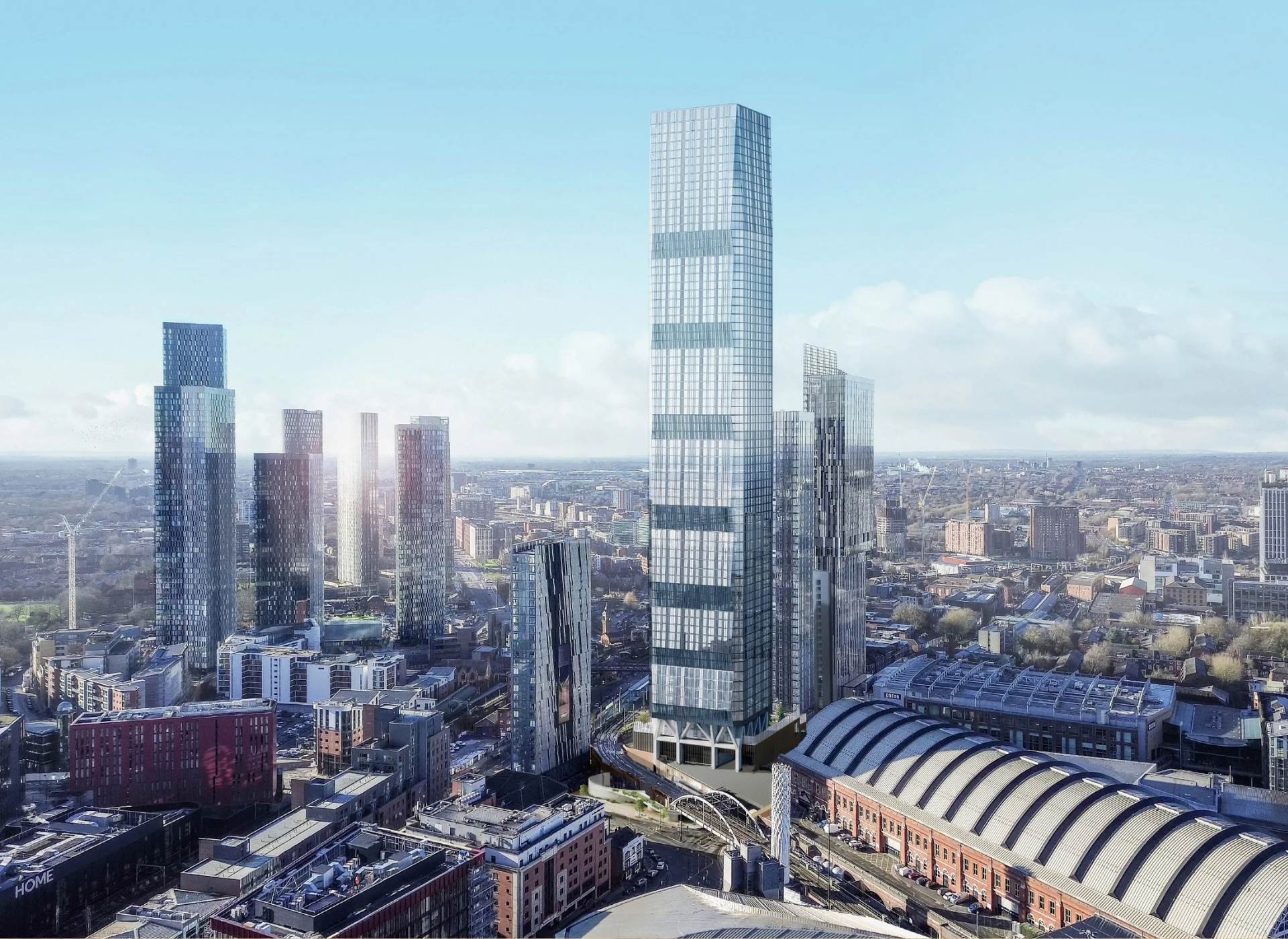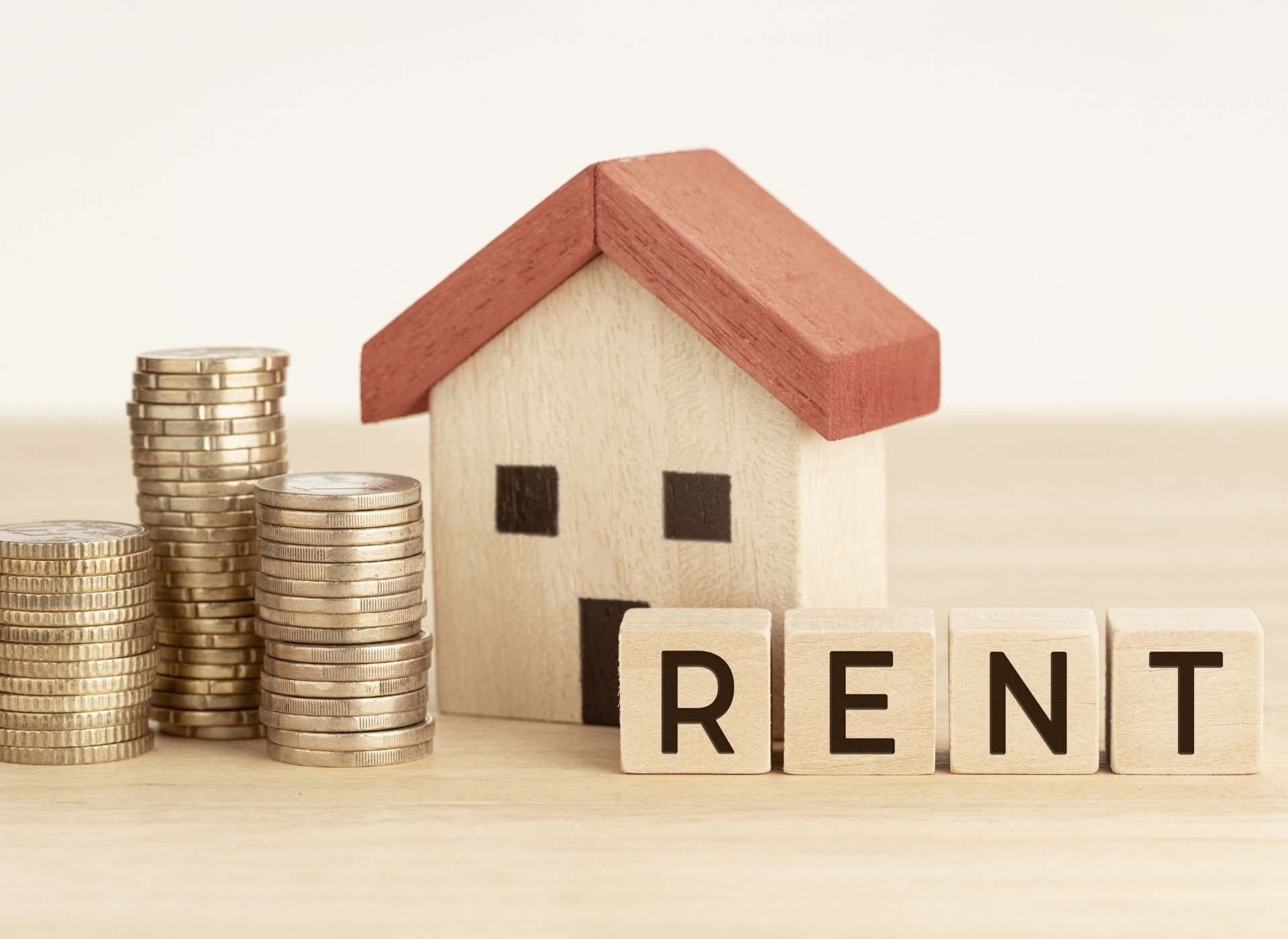Average UK house prices continue to rise in 2025 despite economic headwinds, inflationary pressure and interest rate fluctuations. Recent data shows a steady upward trajectory, supported by an imbalance between supply and demand, strong employment figures, and increasing investor confidence in regional markets.
UK House Price Trends: What the Data Shows
According to the Office for National Statistics, average UK house prices continue to rise, reaching £269,000 in May 2025, up 3.9% year-on-year. That follows consistent monthly increases from April (£265,000) and March (£271,000), confirming market resilience across the spring period.
The Nationwide House Price Index also reported a 3.5% increase in prices over the past year. Despite fluctuations, the long-term trend holds: average UK house prices continue to rise even in a high-interest environment.
Why Average UK House Prices Continue to Rise
1. Undersupply of Housing Stock
One of the strongest reasons average UK house prices continue to rise is the shortage of available housing. The UK has consistently fallen short of its 300,000 homes-per-year building target. With demand from both owner-occupiers and investors rising, upward price pressure is almost inevitable.
This imbalance is particularly pronounced in high-growth cities like Manchester and Birmingham, where regeneration zones are attracting new residents but supply struggles to keep pace.
2. Wage Growth Outpacing Inflation
A key supporting factor is wage growth. Real wages have improved in 2025, with the latest ONS data showing average earnings increasing by over 6%. This enhanced affordability allows more buyers to enter the market and partially explains why average UK house prices continue to rise despite high mortgage rates.
3. High Demand in Regional Markets
Regional cities such as Manchester, Leeds and Birmingham have seen accelerated growth. According to PropertyData, Manchester’s average property prices have risen by over 7% year-on-year. These locations offer affordability compared to London, driving demand and boosting national averages.
4. Stable Employment and Consumer Confidence
Unemployment remains low at 4.2%, and consumer confidence has seen mild improvements in Q2 2025. This economic stability fuels demand and supports a sustained upward movement in prices. Even as mortgage rates hover around 5%, the housing market has not stalled.
Regional Insights: North-South Divide Continues
While average UK house prices continue to rise nationally, growth varies significantly by region:
- North West: Manchester, Salford and Old Trafford are outperforming the national average. Investment-led growth and regeneration are key drivers.
- London: Central boroughs remain sluggish (1.7%–2.2% growth), but outer zones and commuter areas are showing stronger returns.
- Scotland and the North East: Both regions posted 6%+ growth rates in early 2025, with lower base prices attracting investor interest.
For specific figures, the Rightmove Manchester report reveals consistent monthly increases, aligning with national trends.
Expert Forecasts: What’s Ahead?
Forecasters from JLL and Savills project that average UK house prices continue to rise modestly through 2025 and into 2026. Their estimates point to annualised growth between 2% and 5%, depending on region and economic performance.
Savills, for instance, expects 17.9% cumulative UK house price growth by 2028, with the North West leading. This long-term view reinforces the idea that 2025 is not a market peak, but part of a sustained growth cycle.
What It Means for Property Investors
Opportunities
- Capital Appreciation: Investors benefit from rising values, especially in secondary cities with room for growth.
- Rental Yield Boost: High demand is also driving rental prices upward. This is particularly true in Manchester and Birmingham where both yields and capital values are rising in tandem.
- Timing Advantage: Buying in 2025 positions investors ahead of expected further rises through 2026–2028.
Risks
Legislative Changes: Ongoing changes to SDLT and local taxation may influence demand patterns, though not enough to reverse the overall trend.
Interest Rate Volatility: Should inflation unexpectedly rise, interest rates may climb again, which could slow the market.
Conclusion: Price Momentum Looks Set to Continue
All indicators suggest that average UK house prices continue to rise, underpinned by strong demand, under-supply, wage growth, and investor confidence. While growth may vary by region, the UK’s housing fundamentals remain strong. Buyers, landlords, and investors should see 2025 as a stable, opportunity-rich year.
For expert guidance and access to the latest regional insights, contact TKPG. You can also stay informed by reading our latest news and market reports.






